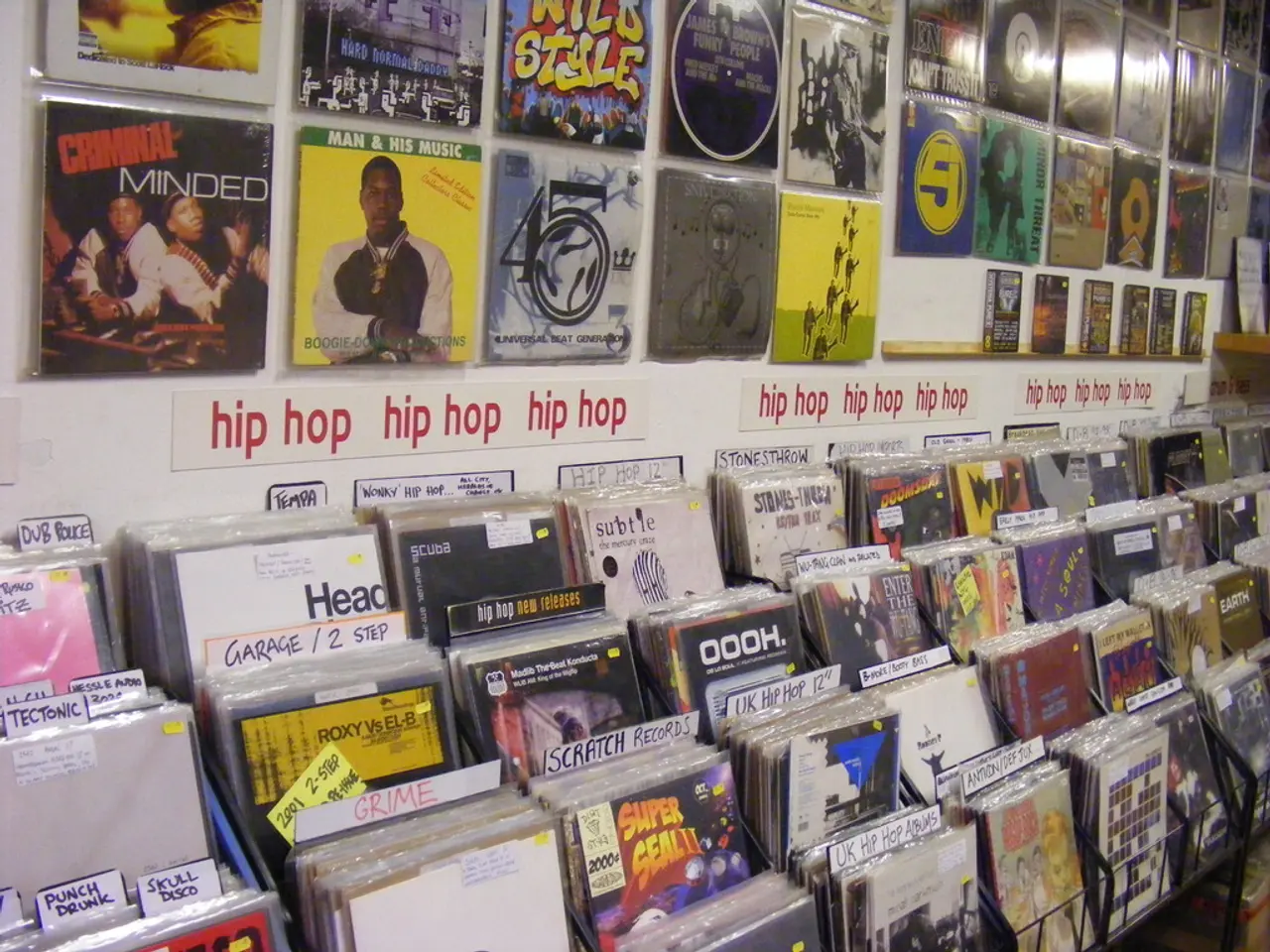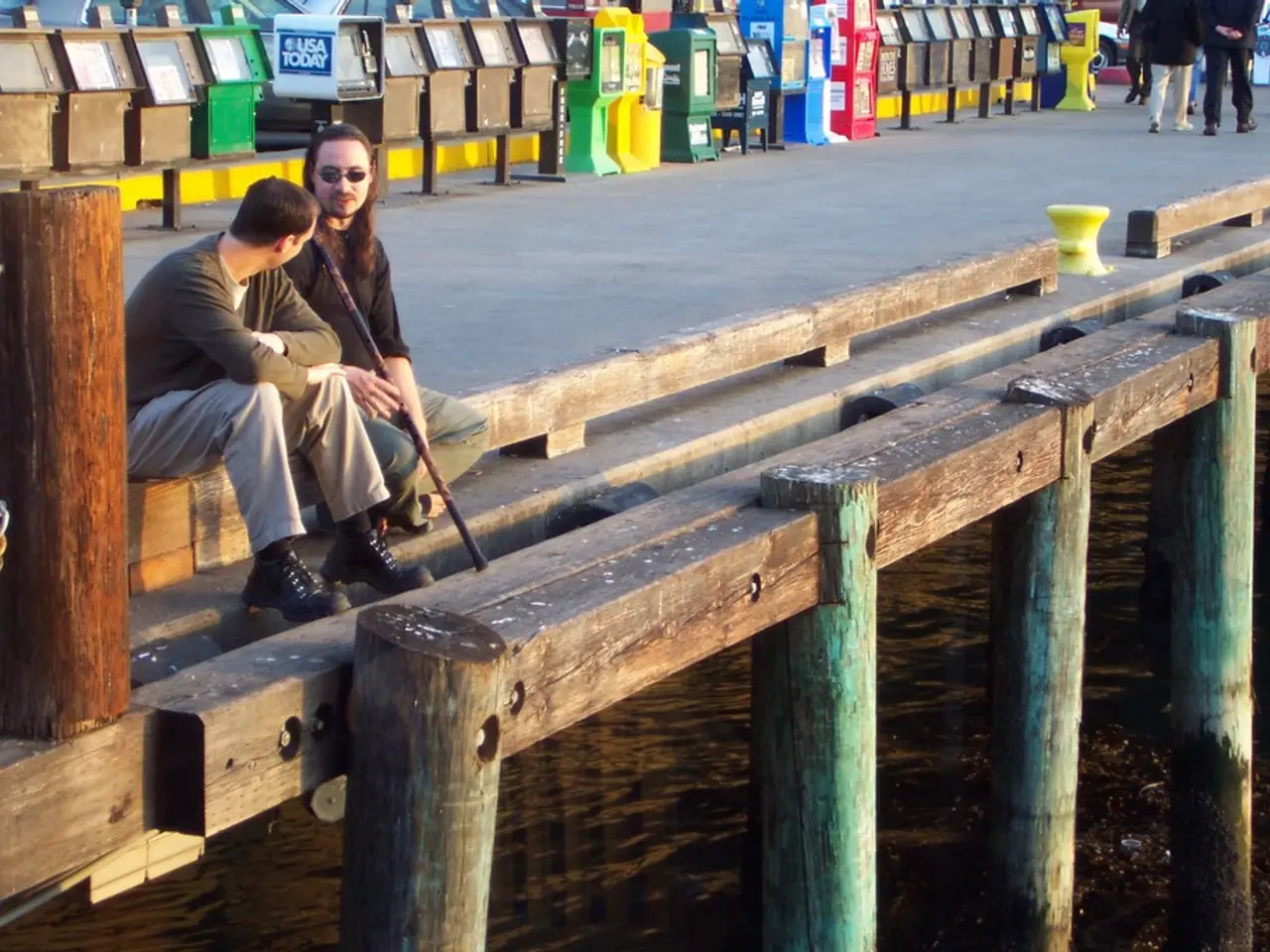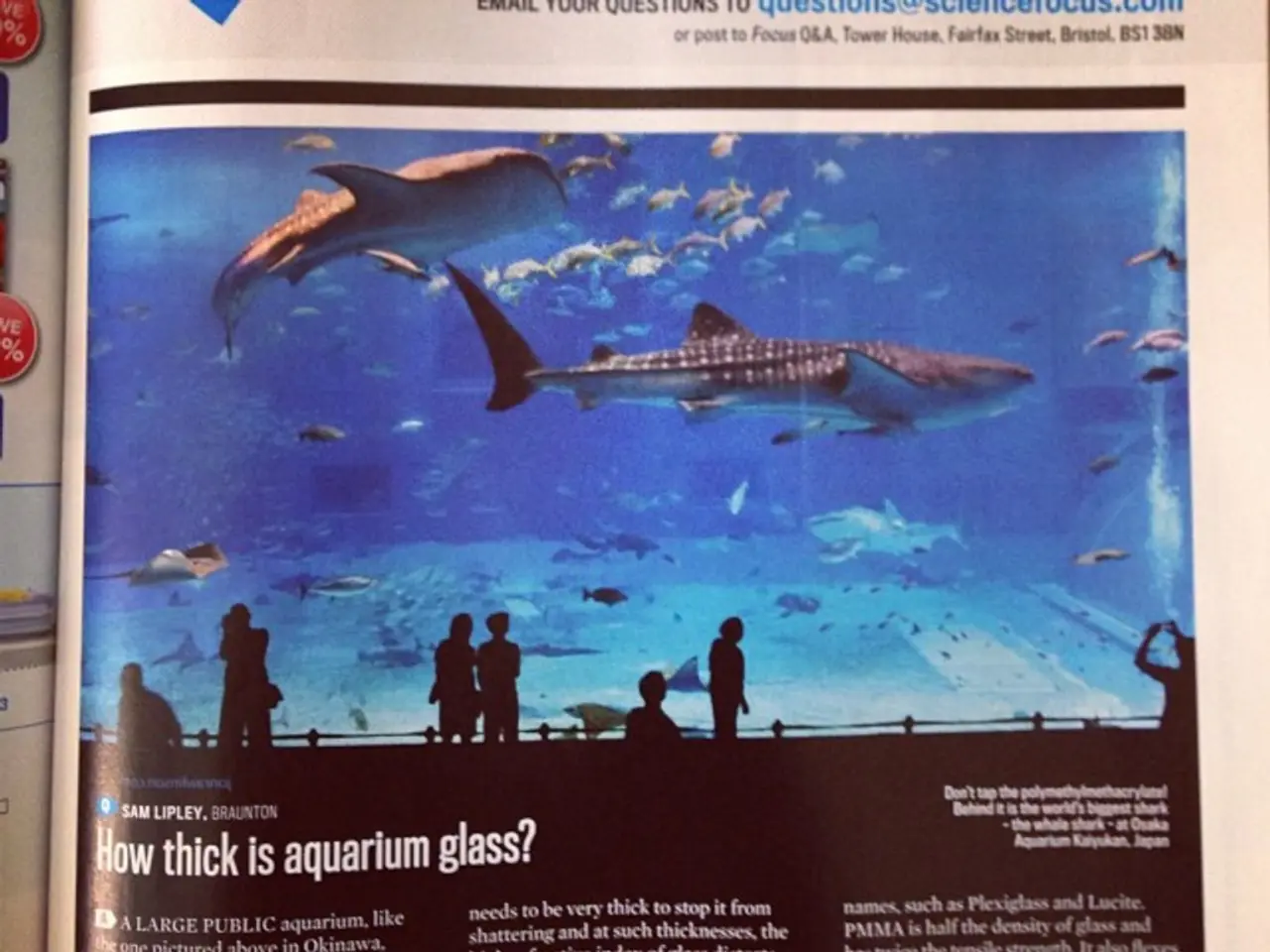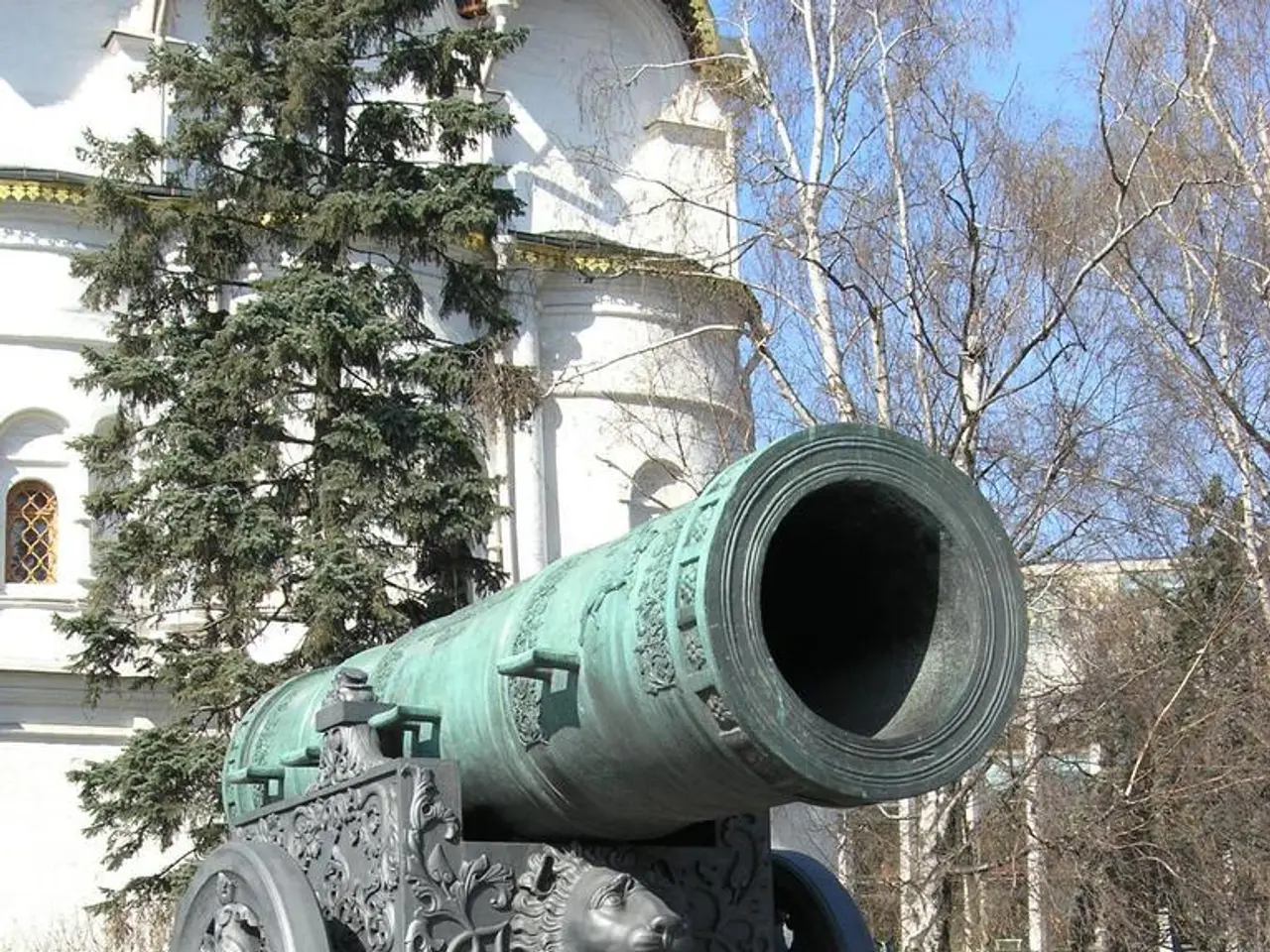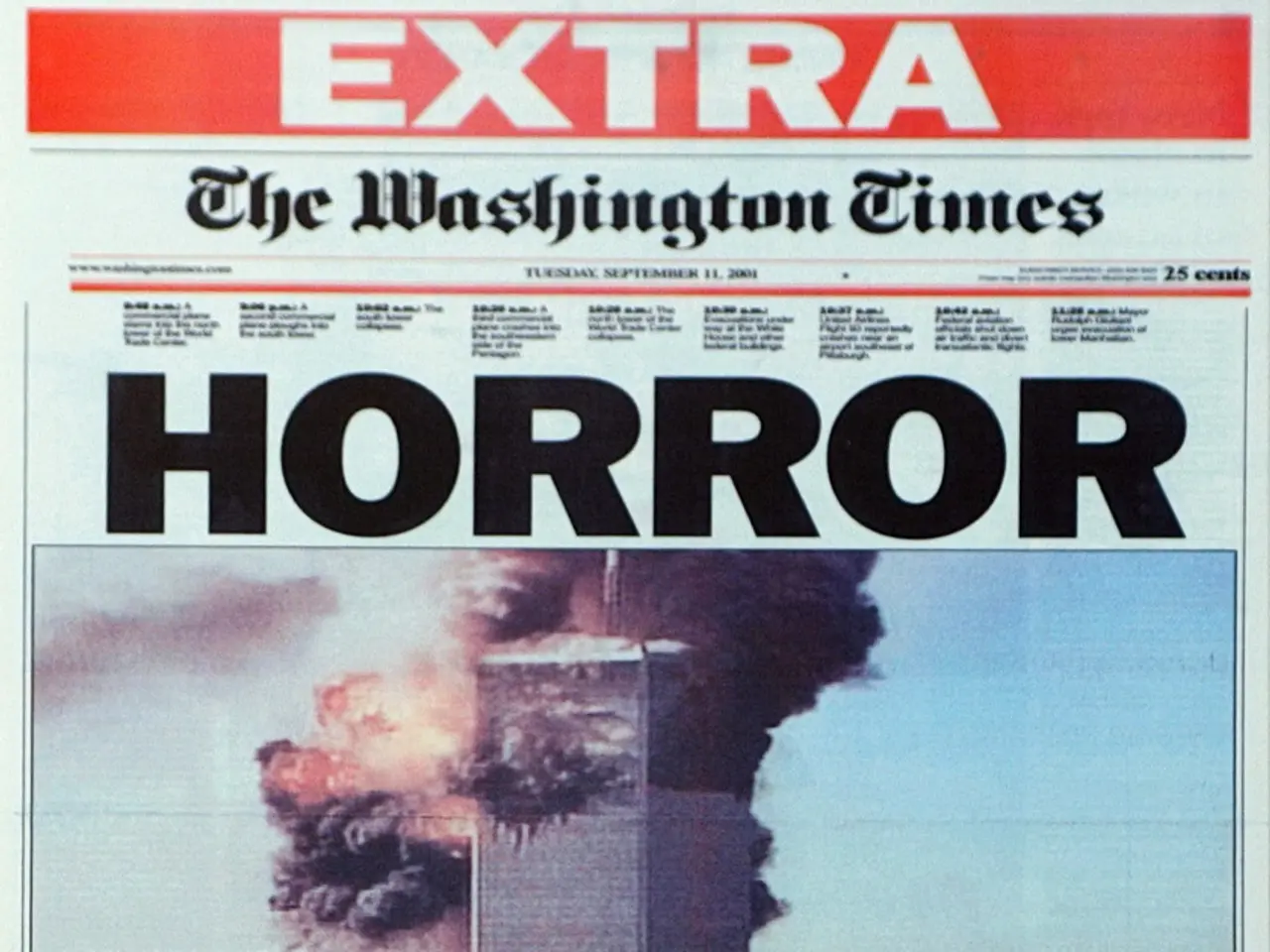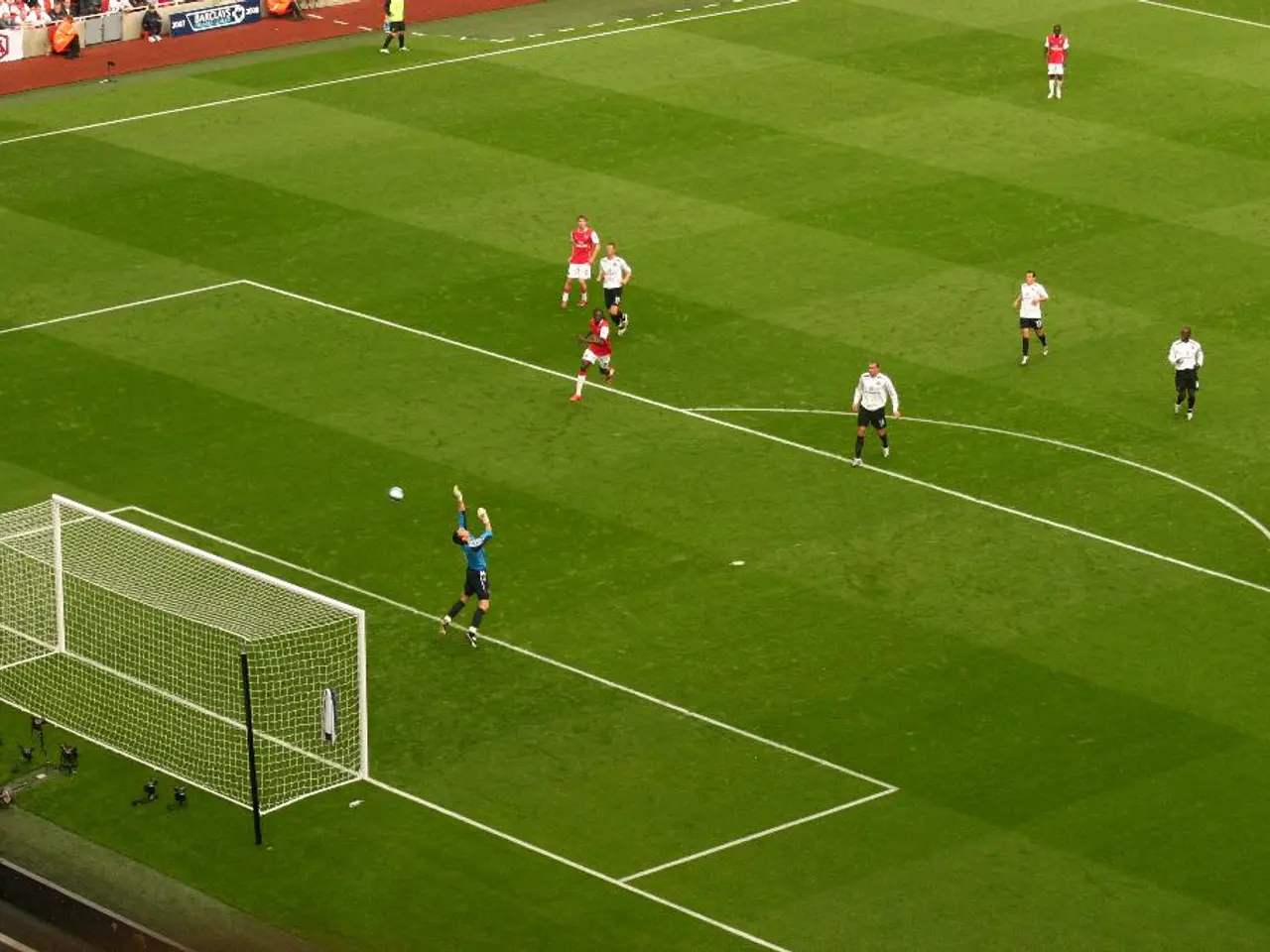Department of Justice plans to disclose Epstein grand jury evidence alongside transcripts
As the saga surrounding the Jeffrey Epstein and Ghislaine Maxwell cases continues, the release status of grand jury exhibits and transcripts remains a contentious issue.
The Department of Justice (DOJ) is actively pushing for the unsealing of these documents, particularly those related to the New York federal grand juries that indicted Epstein and Maxwell. This move is aimed at increasing transparency, but it's not without its challenges.
In a recent development, a federal judge denied the government's request to unseal grand jury materials in the Maxwell case, dealing a significant blow to the DOJ’s transparency push. The DOJ, however, has not given up and is currently seeking to notify individuals named in those exhibits who were not publicly mentioned during Maxwell’s trial, allowing them to propose redactions.
The call for transparency is driven by the public's interest in understanding the investigations of Epstein and Maxwell, given their high-profile nature and the serious crimes involved. Victims, too, generally support transparency but have expressed the need for opportunities to review materials and propose protections for sensitive information.
On the other hand, concerns about privacy and safety for individuals named but not publicly implicated are significant obstacles. Careful notification and possible redactions are necessary before disclosure to protect these individuals.
Legal restrictions and judicial precedent also limit the disclosure of grand jury materials, as evident in the Maxwell case ruling where the court denied unsealing requests citing legal standards governing grand jury secrecy.
In a related development, the Justice Department has started contacting victims from the investigations whose names appear in grand jury exhibits but not in transcripts. The filing, signed by Attorney General Pam Bondi, Deputy Attorney General Todd Blanche, and Southern District of New York US Attorney Jay Clayton, asks both federal judges to refrain from making any decisions on releasing the requested grand jury exhibits and transcripts until it hears back from victim-related parties next week.
The ongoing efforts to release grand jury materials are part of the Trump administration's broader push for transparency in these cases. However, the administration has faced backlash over the lack of transparency, particularly from victims who feel they are being used in "political warfare."
The extent to which information in the grand jury transcripts and evidence is already in the public sphere is unclear. What is certain is that the battle for grand jury transparency in the Epstein and Maxwell cases is far from over.
As the situation unfolds, it's essential to remember that the pursuit of transparency should be balanced against the need to protect the privacy and safety of all individuals involved. The DOJ's efforts to strike this balance will undoubtedly shape the future of these high-profile cases.
The Department of Justice (DOJ) is actively pushing for the unsealing of grand jury exhibits and transcripts in the Maxwell case, particularly those related to policy-and-legislation, as part of their broader push for transparency. However, the call for transparency must be balanced against the need to protect the privacy and safety of individuals named in those exhibits (crime-and-justice). Given the high-profile nature of the Epstein and Maxwell cases, general-news outlets and the public have a keen interest in understanding the investigations and the status of the grand jury materials.
